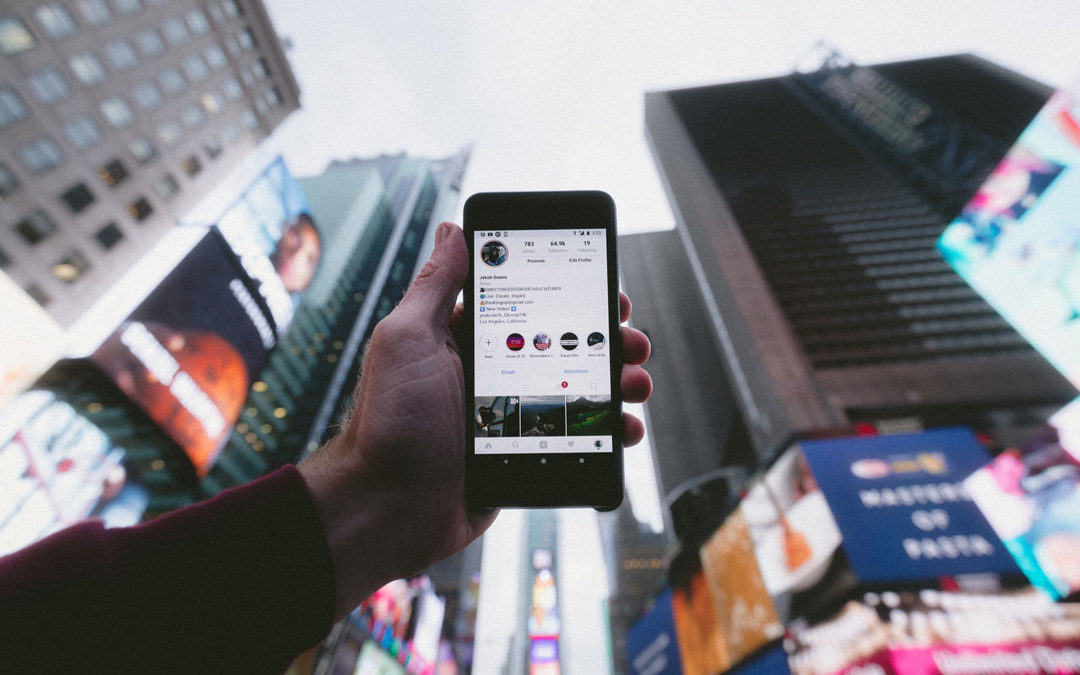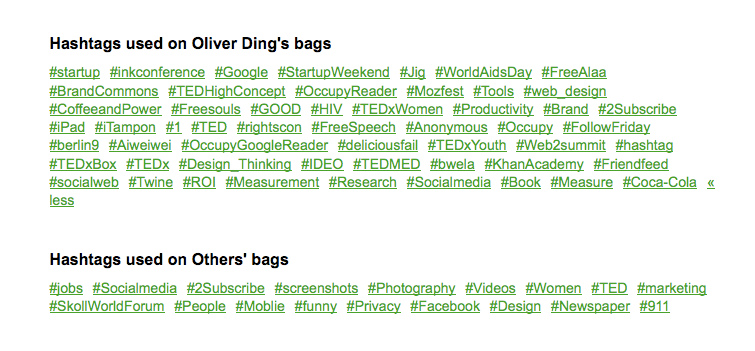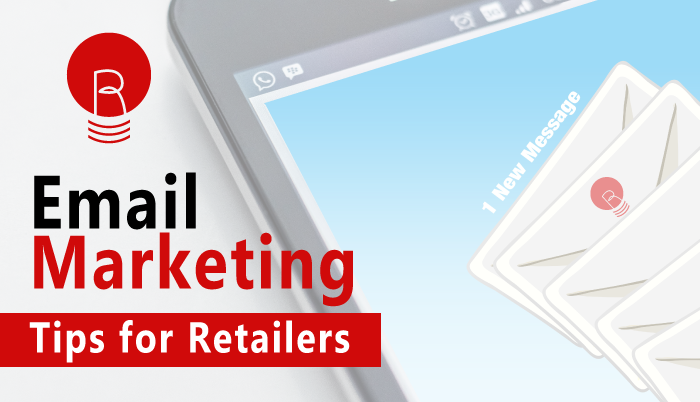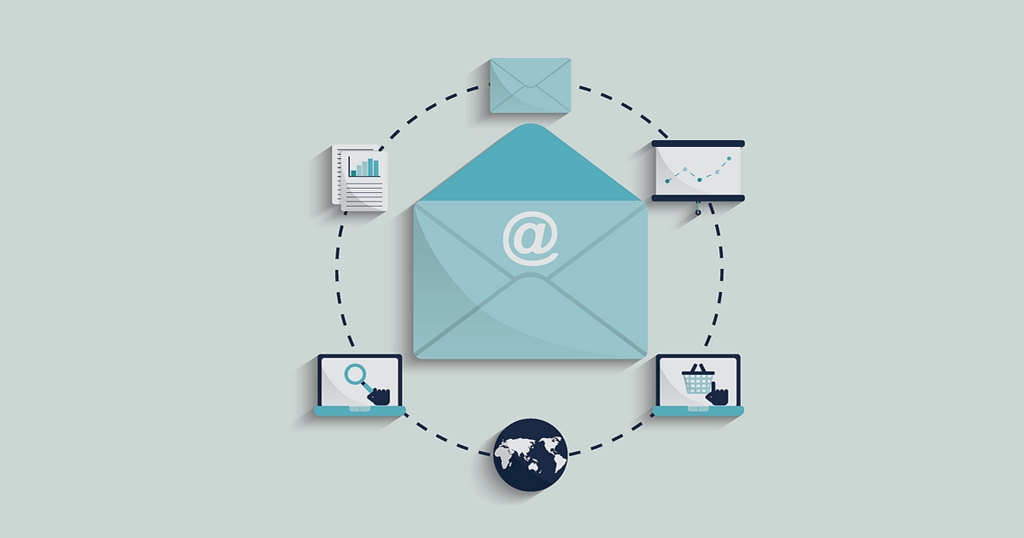
Instagram Tips: How to Boost Your eCommerce Sales
Instagram eCommerce
The past decade brought many changes into the world of eCommerce, and one of the most prominent is certainly the key role social media now plays. It’s where companies promote their products and interact with potential customers, raise their brand awareness, and increase conversion rates. While Facebook is still the number one social media platform, Instagram has experienced enormous growth in the past two years and continues to grow every day, transforming it into a more-than-ideal tool for eCommerce businesses to expand their reach and get their names out.
As is the case with all other sites, you first have to learn a thing or two about how it all functions and what the users’ expectations are, but once you’ve learned the ropes, you can reap great benefits. Here are some useful tips on how to boost your sales using Instagram.
First steps
If you haven’t switched to a business account yet, you should do it right now. This feature presents numerous opportunities for large and small businesses alike. Not only does the biz account give potential customers a one-click “contact us” button, it also grants access to various analytics tools that will offer valuable insights into your engagement rate, impressions and your followers. This way, you’ll be able to track what’s working and what’s not, and change your approaches accordingly. You can also easily (paid)promote any posts you like, which has shown to work rather effectively for eCommerce businesses.
Get people to your store
When it comes to promoting your products, the problem with Instagram is that you still can’t put clickable links in your photo descriptions. In the past, retailers got around this issue by adding a link to their online store in the profile description; however, in doing this, customers are directed to your homepage (rather than a specific product page) where they may need to spend considerable time to find the product they saw on your Instagram.
However, new solutions have been developed to overcome this issue. One of Instagram’s newest features gives businesses the ability to tag products within posts. When clicked, the tags lead customers directly to the product page of your site so they can shop seamlessly. This feature is already available in many countries; all you need to do is get verified as an eCommerce account by Instagram (video), and soon, expect your online shop visits to skyrocket. If for any reason you can’t take advantage of this feature, there are similar alternatives that can make your feed shoppable.
Keep the quality high
If the content you post isn’t high quality, the sum of your efforts will be in vain. Instagram is a visual-oriented platform. As a result, you must put great care into the content you post. Make sure your photos match the standard resolution (1080 x 1080) to prevent compromising photo quality.
When it comes to showcasing your products, you should mix up high-quality flat-lay images, single product close-ups and photos/videos showing your products in use – focus on providing ample variety in the content you post. At the same time, also make sure your feed is neat and appealing. It’s suggested that retailers turn to professional photographers for best results. In addition, you should never exclusively post pictures of your products – hard selling is never an effective method. Rather, you should think about using branded imagery to showcase your brand.
Moreover, the key to building an effective social media channel is consistency. If you’re not posting consistently, your followers will get bored and leave, and you’ll wonder why you’re not seeing a return. For this purpose, scheduling applications come in handy. You can prepare your posts weeks in advance and schedule them to go live whenever you like. To decide what time you should post at, take into consideration your target audience’s time zones as well as general habits. Use your analytics to determine your optimal time to post, and try a variety of hashtags to boost your post reach.
Take advantage of hashtags

While it’s always better to outsource keyword research for your eCommerce website to an SEO agency, you can easily find the most effective hashtags to use on Instagram yourself. Take advantage of websites that keep track of each day’s most popular hashtags, and use them will multiply your posts’ visibility. In addition, learn what hashtags your competitors use, as this is a cheap but effective way to fight competition.
Be aware that you can use up to 30 hashtags in a post and you can either put them in the description or the comment section. Mix up your hashtags from time to time to prevent Instagram from misidentifying your posts as spam. It’s also useful to create a specific hashtag that only your business will use, which will help users browse your products on Instagram easily.
Be approachable
The main goal of any Instagram endeavor is generating engagement. The more engagement you can create, the more your account will grow, leading to a bigger reach, more brand exposure, and an increase in sales. Of course, the most important thing of all is that you are present. This means that it’s not enough just to schedule your posts and check on your Instagram once a week. You should be interacting with your audience every day in order to create a friendly and approachable image that will benefit your brand. Like and reply to comments under your posts, answer questions and be professional when it comes to resolving conflicts.
You can also take your interaction to the next level with a couple of methods that many businesses employ nowadays. First of all, you can write your photo descriptions in such a way that encourages commenting (for example: asking a question or encouraging people to tag their friends). Moreover, you should also track product pictures posted by your customers.
User-generated content is insanely powerful for attracting new customers, as people viewing your product for the first time are more likely to trust their friends and family than a business they’ve never bought from (think of it as digital word-of-mouth). Don’t forget to like and re-post some UGC content from time to time, just make sure you ask the customers permission to use their likeness first. This will show your customers that you care and they will be more likely to shop from you in the future as well. When you find this content, you can quickly add it to your company’s Instagram Story, generating double the content off a single post. Think about how you can build user engagement by running photo contests and adding “Who wore it best?” to your company’s Instagram Story… there’s a lot of potential there.
More promotion
To further promote your brand, one very effective method is reaching out to influencers. Some charge more than others for promotions, while others will swap shout-outs or mentions in return for your page doing the same. Another way to score placement on an influencer’s feed is by giving them some free merch to try out.
Send them some of your products and their followers will be made aware of your existence. The most important thing to pay attention to here is that you choose your influencers wisely – they have to be related to your niche so that their followers are more likely to be interested in your product.
Remember, everyone loves free stuff, not just influencers. Try to organize giveaways when you reach follower milestones like 10K, 50K, 100K followers, etc. Just make sure you comply with all the rules of hosting such events. You can also reward your followers by occasionally sharing discount codes to some of your products – this is a surefire way to convert more leads and show your top followers you care!
Final Thoughts
As you can see, the opportunities Instagram provides for eCommerce businesses are numerous. If used properly, they can give a massive boost to your sales. However, Instagram is just one of the many platforms you can use. For example, websites such as Pinterest can also give a boost to your eCommerce sales, but of course, different rules will apply there. That’s why it’s important that you get informed about the basics before you jump into it.
Guest Author Bio:
David Koller is a passionate blogger and copywriter for Media Gurus, mainly interested in SEO and Digital Marketing.








Recent Comments